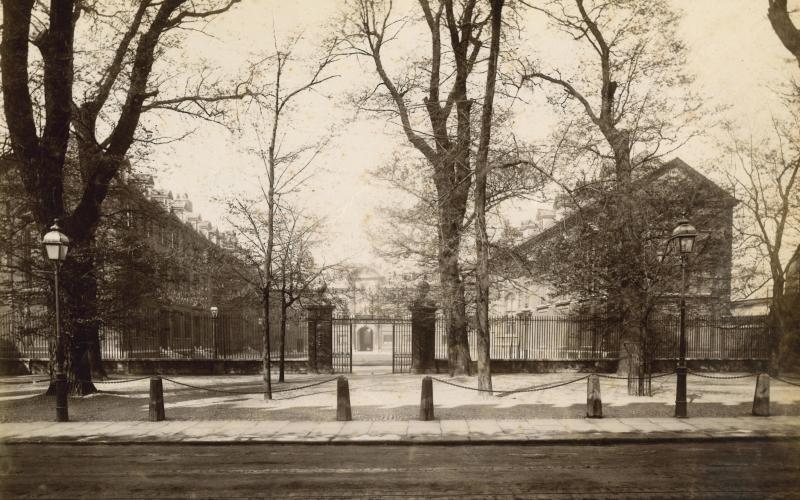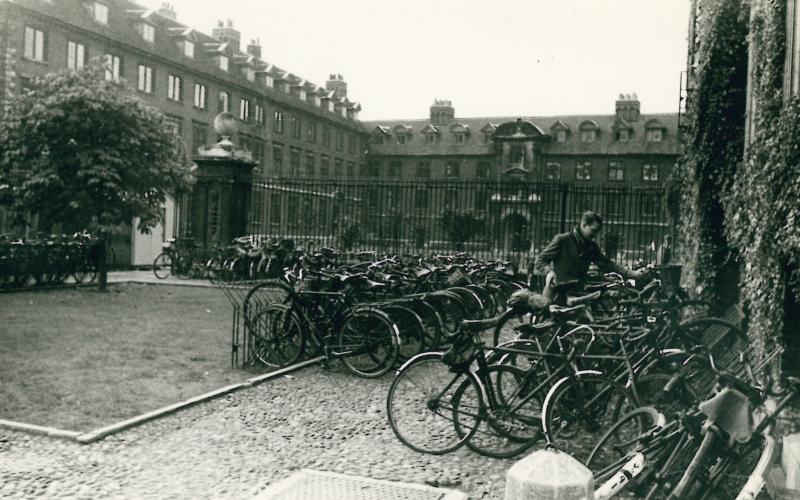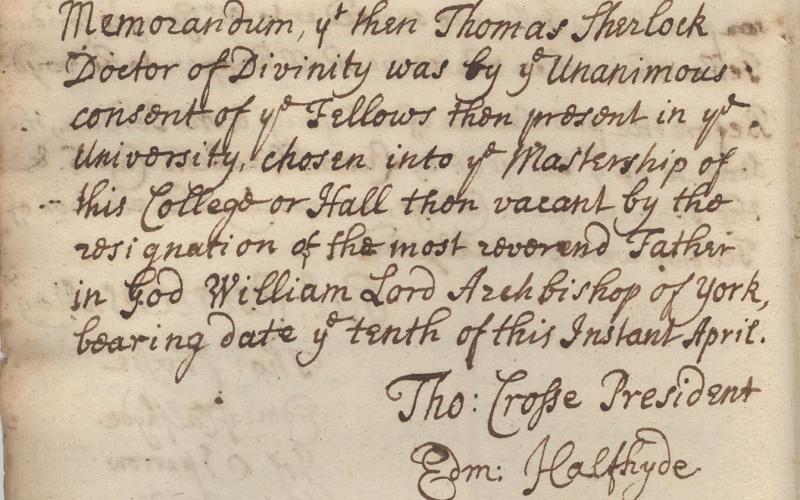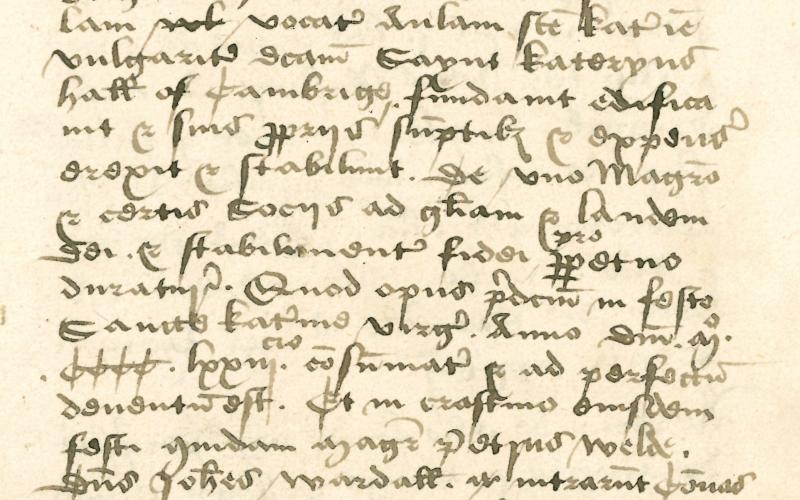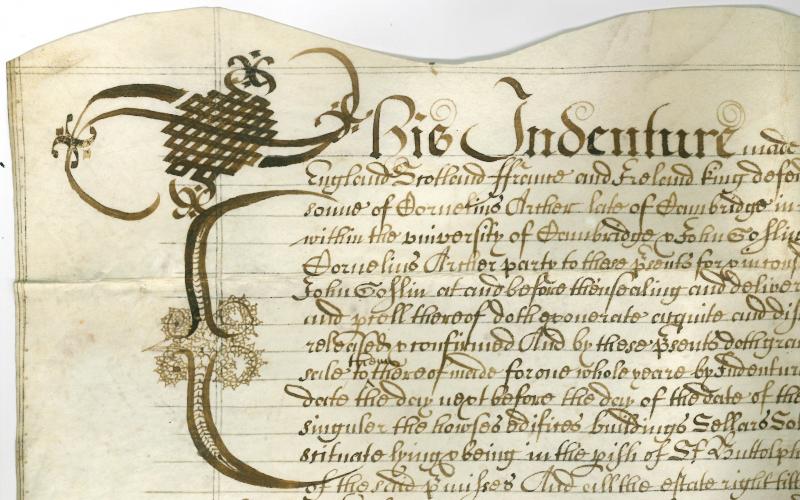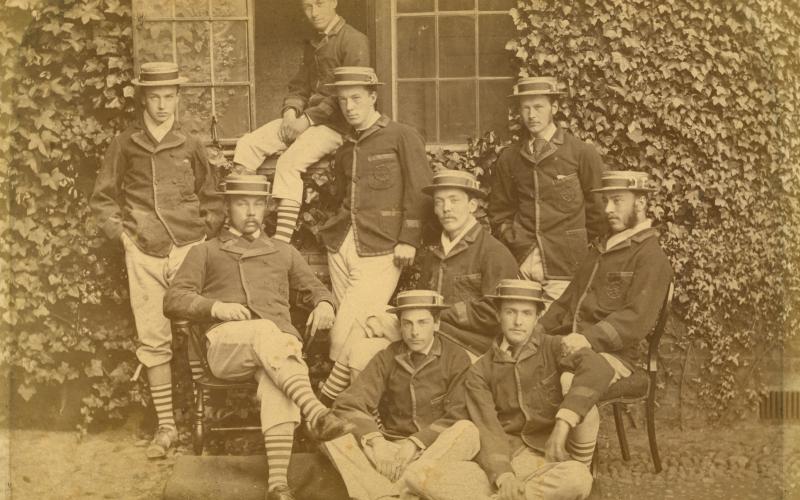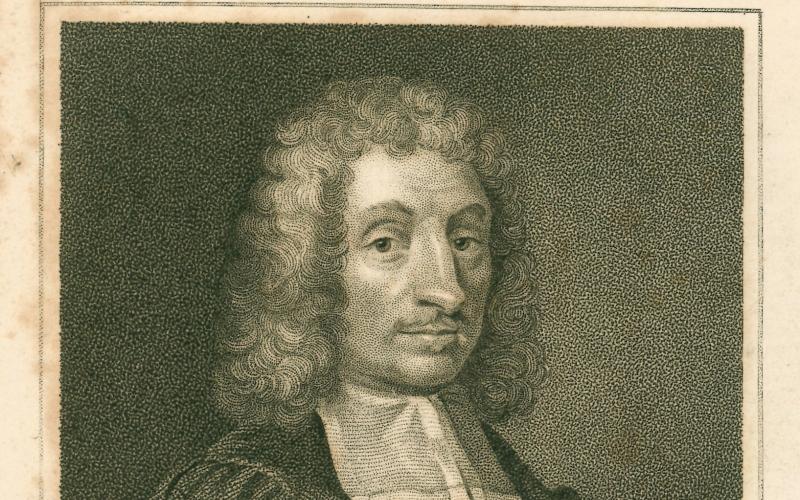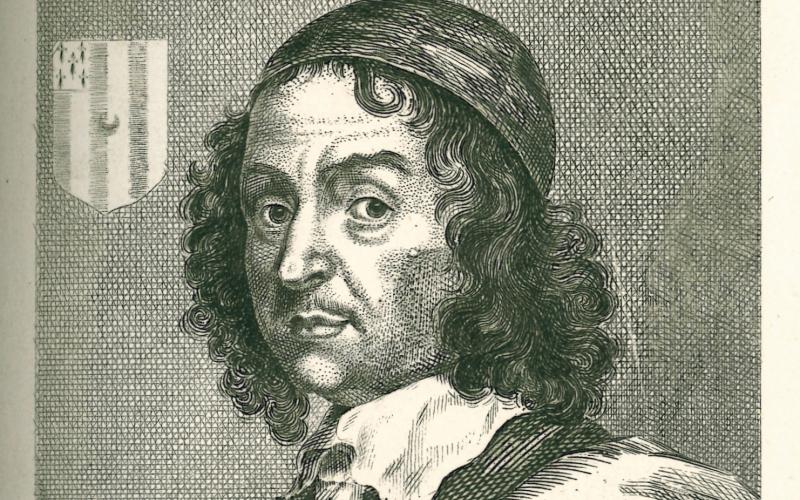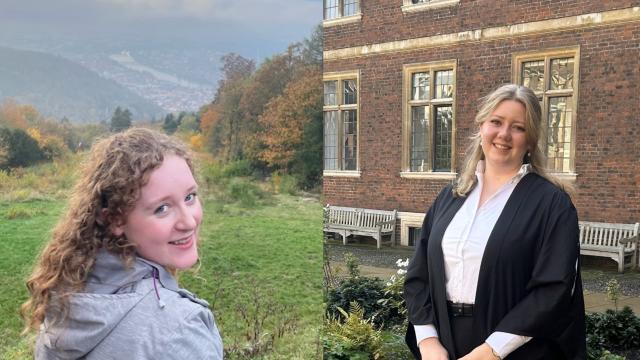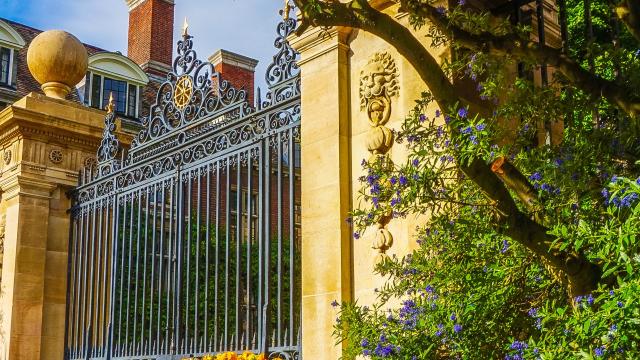St Catharine's College was founded in 1473 by Robert Woodlark. He had spent nearly twenty years buying up tenements in what is now Queens’ Lane until he had a site large enough to accommodate the little hall which he called ‘Saynt Kateryns Hall of Cambridge’. Two years later, on 16 August 1475, the hall was incorporated, by charter of King Edward IV, as a college for a Master and three or more Fellows: “a perpetual college … for ever to remain”.
Undergraduates were not admitted to St Catharine's until the 16th century, and at the beginning of the 17th century, it was still one of the smallest Colleges in Cambridge. However, a series of outstanding Masters and generous benefactors were to change its fortunes.
In 1626 Dr John Gostlin bequeathed the Bull Inn to St Catharine's. The College used the revenue from the Inn to found six new scholarships and to build a new building on Queens' Lane. This was followed in 1704 by the completion of the new College Chapel. The bequest of Mary Ramsden when she died in 1745 enabled the building of A and B staircases, and led to the College changing its orientation from Queens' Lane to Trumpington Street.
The 19th century
The 19th century brought two Masters of exceptional quality: Joseph Proctor (Master from 1799-1845) and Henry Philpott (Master from 1845-1861). Philpott was Bursar prior to becoming Master, and went on to become Bishop of Worcester. While he was Master, the College was honoured with a visit by Queen Victoria and Prince Albert, who was also Chancellor of the University. The Queen and Price Albert attended a dinner in what is now the SCR and the Duke of Wellington, who was also in the Royal Party, was accommodated in what is now the Old Lodge.
The latter part of the 19th century was dominated by what became known as the 'Robinson Vote'. In 1861, when Philpott was made Bishop, the election for his successor took place, with Charles Robinson and Francis Jameson standing for the position. The actual facts of the case are obscure, but Jameson voted for Robinson, presumably expecting Robinson to vote for him, but Robinson voted for himself, enabling him to win. The episode was well-known throughout the University and caused the reputation of the College to suffer for a good number of years.
Modern expansion
It was not until after World War I that the fortunes of the College rose again. An influx of undergraduate ex-servicemen led to a period of growth for the College under the Masterships of Bishop Drury and Frederick Rushmore. The Fellowship began to expand also. Work to increase student accommodation began with the completion of Hobson's in 1930 and continued with the John's Building in 1935.
In 1966 a major rebuilding project took place under the Mastership of Professor E. E. Rich, creating a new larger hall, new kitchens and the accommodation between St Catharine's and King's College. Pressure on accommodation continued to grow, and in 1981 further accommodation was built at St. Chad's on Grange Road, with further rooms added in 1998. In 2013 the College completed the building of a new lecture theatre, College bar and JCR in Chapel Court. Named the McGrath Centre, the new building has greatly enhanced the College's public spaces.
